The Captain’s crew never planned on buying a Shark Cat. The next project boat was supposed to be a Flybridge in the 23ft–26ft range. But Jack made two mistakes. The first was leaving Trav in charge. The second was giving him a $40,000 budget to play with. Trav set out with good intentions, jumping aboard every Berty and Caribbean in sight. But he soon discovered that $40,000 buys you a flybridge identical to the one next to it — and some questionable service history. Then there’s the annual mooring and slipping fees, which can give The Captain a nasty rash in the wallet region. So Trav did what he does best. He got distracted – then got on Gumtree. The Shark Cat comes with a big reputation. We’d previously tested an 18ft commercial model, which was nose-heavy and walked all over the sea. We weren’t sold. But the 23 Cat stayed lodged in the nostalgia department of Trav’s mind, just next to his Gumtree lobe. He wanted to put this “legend” status to the test.
AHOY JULIE-ANNE
Enter Julie-Anne, a 23ft (6.8m) Shark Cat with a duck-egg blue deck, sitting on Gumtree at the appealing price of $45,000. She ran a pair of 200HP 2008 model Suzuki V6 outboards, the trailer was commercially built and looked solid. Julie-Anne’s home base was in Pambula, in southern NSW. At the time, Trav was stationed at the Whitepointer factory in Cann River, working on the Haines Hunter 445 project boat — possibly the world’s slowest 15ft rebuild. He was just a hop, skip and a jump away across the Victorian border, so Trav hatched a plan. He’d take boat builder Erick, Erick’s son Dan, an AMSA Marine Engineer Class 3, plus cameraman Nick to film the shakedown. If Julie-Anne proved her mettle, he’d need a solid video of her in action to sway cat hater Jack, who was then in the Kimberley, getting flown to yet another remote gorge by chopper, of course.
MEET THE CAT
When we arrived at Quarantine Bay in Eden, the big cat was already in the water. A giant lump of a thing, this was just the runabout model. It’s the AC Cobra of Shark Cats, the only structure above the windscreen a flimsy, well-worn canopy. Owner Brian watched the hairy posse stride down the jetty, Pelican cases in hand. These contained camera gear, but poor Brian probably suspected we were drug cartel heavies about to abscond with his ship. After the pleasantries were out of the way, Trav got busy pushing and kneeing every panel he could find, especially the timber ones. The layout featured original seat boxes with old-school bucket seats.
At midships sat a giant fish box with two lids — one for live bait, the other for general storage, plus six rod holders. Now we’ve always hated fish boxes, but the more we wandered around this cat, the more we liked it. The floor was solid, apart from a soft spot behind the seats, which Trav, keen to beat down the price, quickly pointed out. The owner said that most of the floor had been replaced (sound familiar?) — and the transom had also been replaced by John Seydel of Seydel Craft fame. Reassuring.
Stability is the name of the game with Shark Cats — they just don’t move. The self draining deck is also a feature, but we’d be living with a high floor and low freeboard. Either side of the ridiculously long deck were ridiculously long side pockets. Up front were three pokey cabins. The cat had workhorse and camera boat written all over her. At least, that’s what Trav would later tell Jack.
Erick was along for expert advice. His resume includes building Edencraft cats as well as owning several small Shark Cats. He’s also repaired a few abused models so could pinpoint any weakness. He checked the inner hulls where each hull meets the flat section in the middle for cracks along her length that would indicate a hard life. There were none. Tick. There were also no signs she’d been an abalone diving boat — no obvious screw holes, buckled floors or dive door — and the stern seat, often modified to hold the air compressor, was unmolested.
ALONG FOR THE RIDE
First impressions were sound. Now it was time to ride. Brian’s son, Adrian, nuzzled her out of Quarantine ramp into the bay. The sea was 1m with 10 to 15 knots of wind whipping in from the nor’east — the perfect testing ground. The Shark Cat dawdled slowly across the bay, Adrian giving out that “only driven on weekends” sales vibe. Trav quickly nudged him out of the way, giving Erick the green light to open her up. With a wide smile, golden mane flying in the breeze, he squirted across the quartering sea, lifting slightly on the left hull, then the right. Sniffing the petrol in his nostrils — figuratively speaking, thankfully — Trav grabbed the wheel and opened up the throttles even more.
The antique sounder wasn’t up to a reading, but the Shark Cat was flying comfortably over 45 knots, with the tachos reading 5800RPM. It was the wind-inyour- hair ride Trav was looking for. Time to turn her around and head back to port. Meanwhile, Erick’s smile had morphed to the edge of panic. “Er, take it easy skipper,” he cautioned. “You’ve never driven a cat before, have you?” Erick took back the wheel, trimmed the motors appropriately and railed around an imaginary corner. The swaying feeling felt somewhat unnatural, but not enough to sway Trav from Julie-Anne. He was sold.
CAT SCRATCH FEVER
Convinced he’d found The Captain’s next project boat, Trav instructed cameraman Nick to find the best angles he could. This would be no easy feat. He only had one viewer to impress — Jack needed to see the cat in her full glory, but this is a man who’s never been a fan of floating felines. But Nick rocked, the video worked, Jack bought the pitch and Trav had the authority to make a bid. His first offer was $38,500, which was accepted almost straight away, which made the boys nervous. Nevertheless, money changed hands and the cat made its way to Sydney. Unfortunately, the bimini didn’t. It abandoned ship during the tow home (The Captain’s apologies to the Bega farmer who found half a canopy in his front paddock). On her first ride, the Shark Cat played camera carrier for the test of a reputable Kiwi boat. Not only did she catch the fish (even getting spooled by a blue marlin), but she left the other boat well in her wake. On board for that trip was Kiwi skipper and former Trade-A-Boat editor Jeff Strang. He’d heard of Shark Cats, but never experienced one, and was wondering where this ship had been all his skippering life.
THE CAT’S KRYPTONITE
Jack’s first trip was off Sydney. Trav had polished the gelcoat to a gleaming finish and stocked the esky with Captain Morgan and ice. He’d sold Jack with an epic five-minute video, now it was time to drive home the sell with a hands-on performance. It never happened. The cat found its kryptonite in the form of a short, steep sea. The boat banged hard. Worse, when we finally found an angle that worked, a fine saltwater mist showered everything — including Jack’s camera gear. The Captain has since discovered this is a: “wet back effect that occurs when the tunnel can’t ventilate — it then pressurises the air in the tunnel at the bow, sending water droplets backward alongside the outer hulls in a vortex that spills into the cabin.” Hmmmm. “I swear, this has never happened before,” Trav whined while Jack just shook his head. But it was too late. The deal was done and Julie-Anne was firmly in Trav’s clutches.
SO, WHO BUILT JULIE-ANNE?
The registration paperwork says it’s a 1987, 6.8m model. The stickers on the side say “Shark Cat by Noosa Cat”. To find out, we contacted two blokes who have owned Shark Cat longer than anyone else, former Cairns skipper James “Jim” Anderson and Noosa Cat owner Wayne Hennig. James owned Shark Cat for almost 10 years between 1975 and the mid ’80s, and Wayne has operated Shark Cat’s spawn, Noosa Cat, for more than 30 years. They are both keen students of history, with photographic memories — the perfect blokes to fill in the gaps. We asked Jim how he came to be in possession of the Shark Cat moulds. “I stepped off a 26 mono hull and into a 23 Shark Cat and I thought, wow, how long has this been going on — these are just awesome boats. It was a brilliant design and still is today.
Then owner Bruce Harris said he’d had enough and wanted to get out, so I negotiated and bought Shark Cat back in 1975. We revamped the moulds and introduced different models.” Asked to nominate his favourite model, Jim doesn’t blink. “Without a doubt, the 18ft Shark Cat is the softest-riding boat anywhere in the world.” Subsequent owner Wayne Hennig credits Jim’s hard work with enshrining the Shark Cat legacy. “Jim Anderson is Mr Shark Cat,” he says. “Without taking anything away from Bruce, who is brilliant, the man that put Shark Cat on the map in terms of production is Jim. He was building three or four 18-footers a week and had orders of more than 100 at a time. So when you see a Shark Cat out there, it’s generally a Jim Anderson-built boat. Not many people recognise what he did.” Jim estimates 800–900 boats were built under his reign, “Shark Cats sells themselves” he recalls. “It was probably the easiest business I’ve ever been in.”
In 1982, Jim sold that business to another interest, but acquired it back when they went into liquidation. A couple of years later, he sold out again, this time to a consortium that included a few retired ship captains and a Chinese trader from New Guinea, which came to be known as Shark Cat Industries. While they were figuring out how to make boats, Wayne was winding up his mechanical shop and fishing professionally where he could. He planned on buying a few hulls and decks from the Shark Cat factory to build a charter boat, a line-fishing boat and a spanner crab fishing boat.
But things escalated. “They convinced me to buy a percentage of the business,” Wayne says. “After I paid my money, they showed me the books, which weren’t what they had made them out to be. None of those guys knew how to build or drive boats — they just knew Shark Cats were a good product.” Wayne became part owner and a builder of Shark Cats in his own right. He initially knocked them up in a shed in his backyard, branding them “Shark Cat by Noosa Cat”. Wayne built between 50 and 60 Shark Cats under the Noosa Cat name, but things weren’t too rosy back at Shark Cat HQ. “They were in a bit of strife.” Wayne says. “They borrowed money for everything at 23 per cent interest. They were paying massive rent down in Labrador and not selling many boats to their dealers. So we bailed them out — and they sold me the moulds for what I bailed them out for.” Wayne became a full owner in August 1990, going on to develop new pods, glass bearers and floors, and a new laminate with bi-axial fabrics. In his words, he made them “stronger and lighter — but it was more of an evolution than a revolution”. The name Shark Cat was dropped in favour of “Noosa Cat”. Since then, Wayne has developed dozens of new models and built around 1500 boats under the Noosa Cat name, with 85 per cent of sales to the recreational market and 15 per cent for commercial use.
SHARK CAT / NOOSA CAT OWNERS
1965 Bruce Harris builds Tippy Willy, the boat that started it all.
1975 Jim Anderson buys Shark Cat and develops the moulds
1982 Jim sells to Greg Rumney, who goes into liquidation
1983 Jim Anderson re-acquires Shark Cat
1984 Consortium of five investors buys Shark Cat from Jim
1989 Wayne Hennig becomes a part shareholder
1990 Wayne Hennig acquires Shark Cat outright, rebranding to Noosa Cat
On the build date of Julie-Anne, Wayne says the 6.8m is known as the MK2. For history buffs, the MK1 featured an S-shaped stem, a wide beam and narrow sponsons. In the late 1970s or early ’80s, Jim put the 23 on a diet, narrowing the beam to 2.48m, but widening the sponsons for larger motors. The MK2 also features a planked bottom, exclusively.
During the mid 1980s, Jim stretched the hull 21cm to comply with Queensland 2C special class survey standards — taking the length out to 7.01m. That model became known as the MK3 and Wayne still owns the mould. Its DNA is translated into the 2700 Noosa Cat with an altered transom to suit pods and the wave breaker to split the water flow in the tunnel, reducing shudder. The 2700 then morphed into the 3000, which Wayne rates as his favourite Noosa Cat model in the fleet. “It’s about 18 per cent more efficient than the 2700 was,” he says. “It’s bigger, deeper and wider at the water line — and faster with the same engines. The hulls are still directly derived from the Shark Cat, preserving the basic characteristics, but improving where we can.”
HISTORY LESSON OVER, BUT WHO BUILT JULIE-ANNE?
Wayne confirms that Julie-Anne wasn’t a Noosa Cat-delivered Shark Cat, as he never built the MK2 model. When he bought the business, they were up to the 7.01m MK3. He says she could have been built any time between the late 1970s to mid ’80s, by any number of owners — but most likely Jim Anderson’s crew.


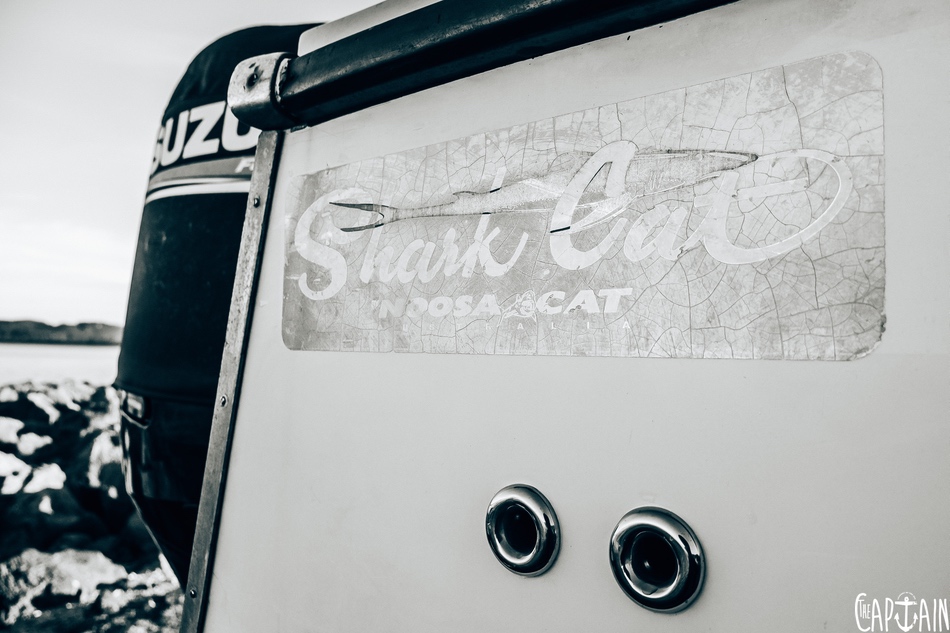
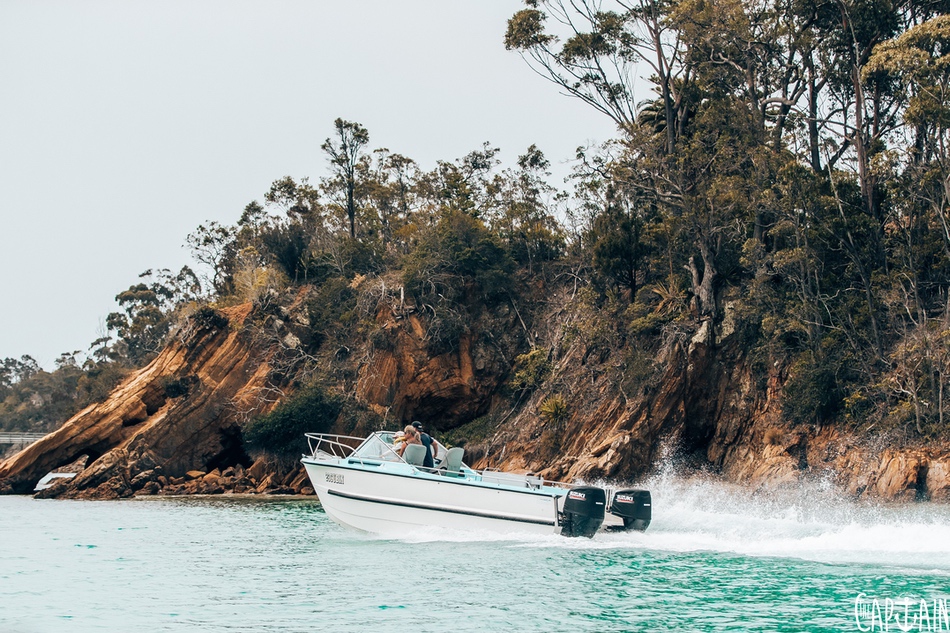
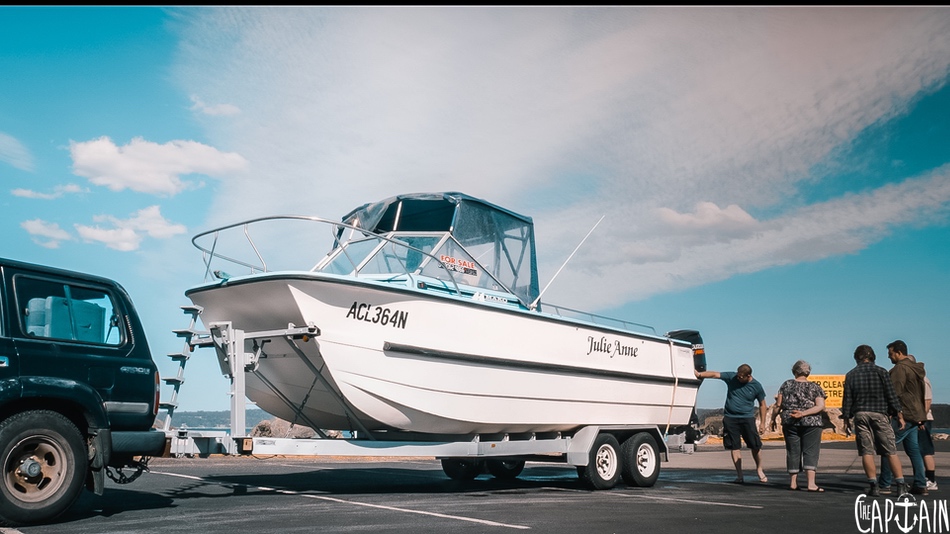
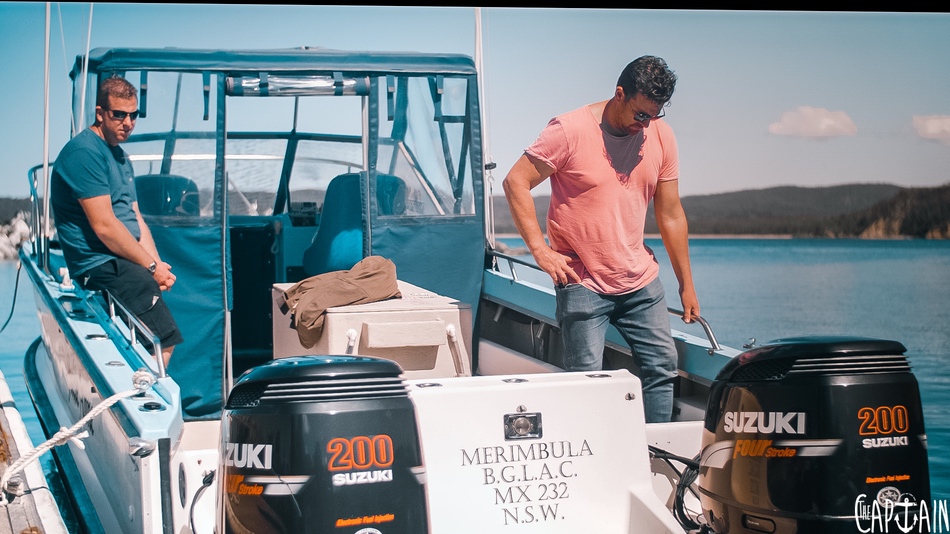
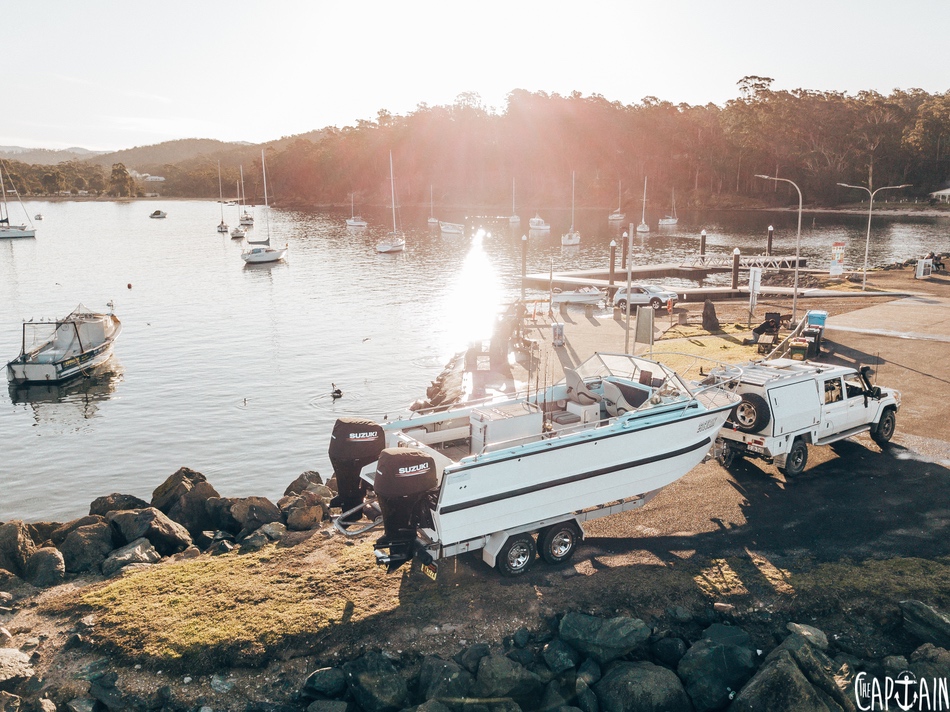
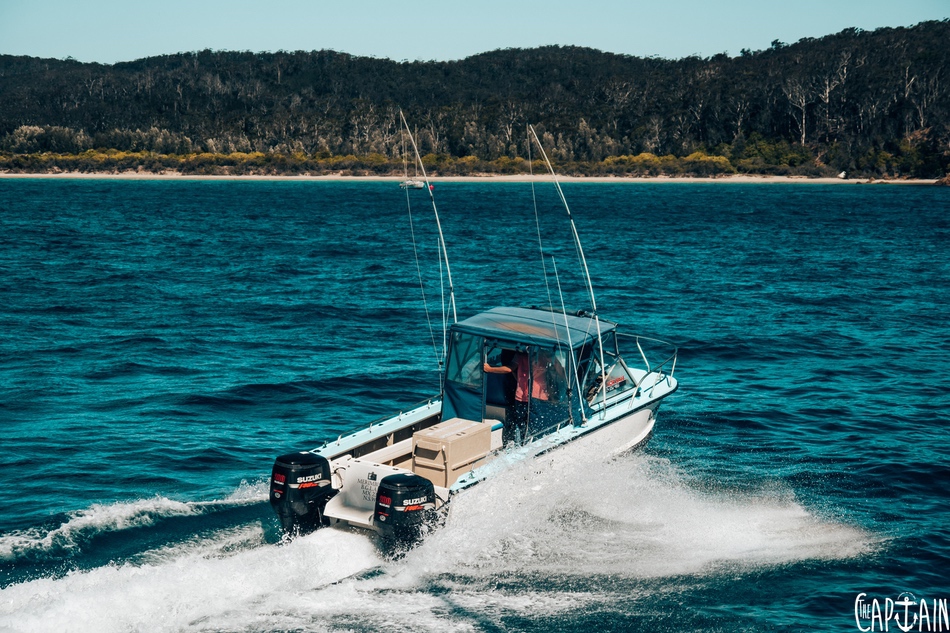
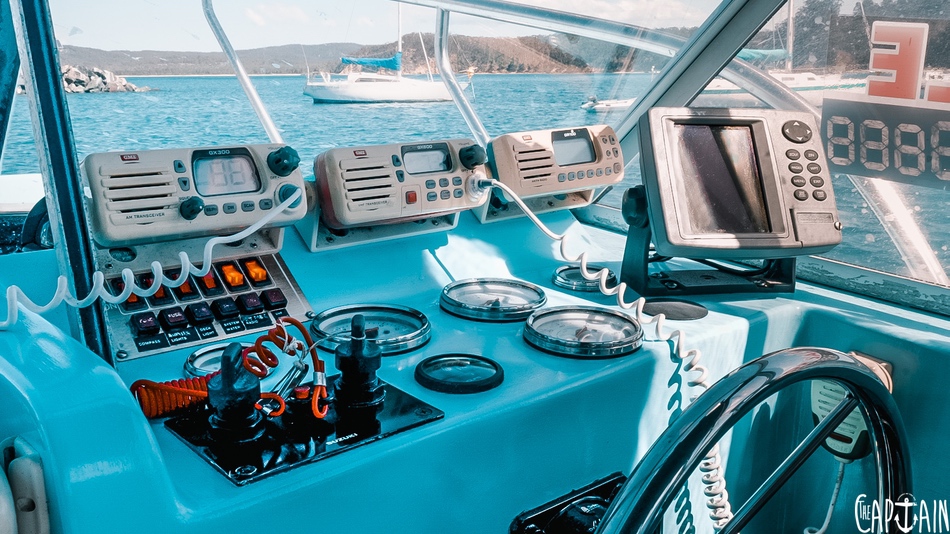

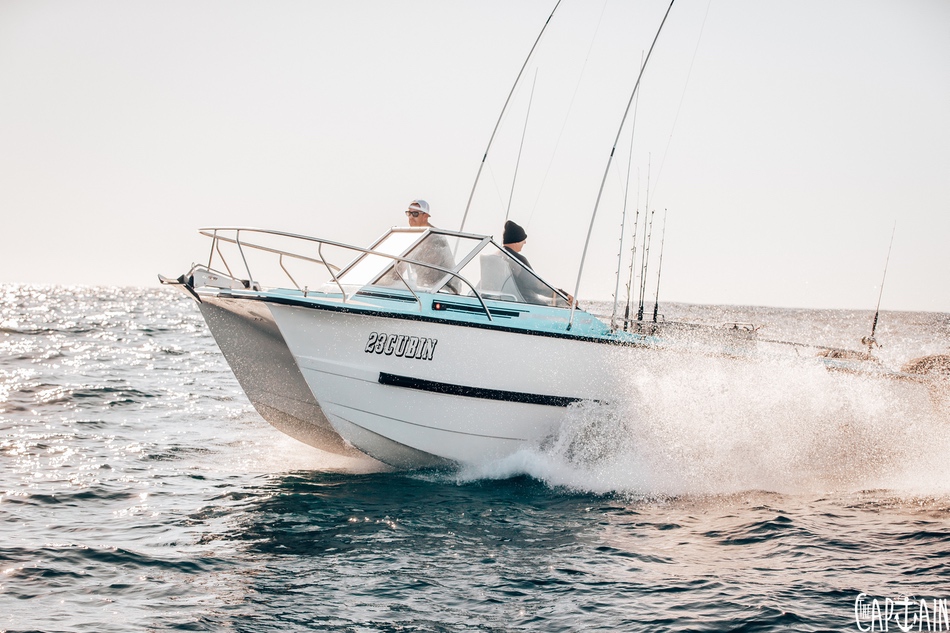
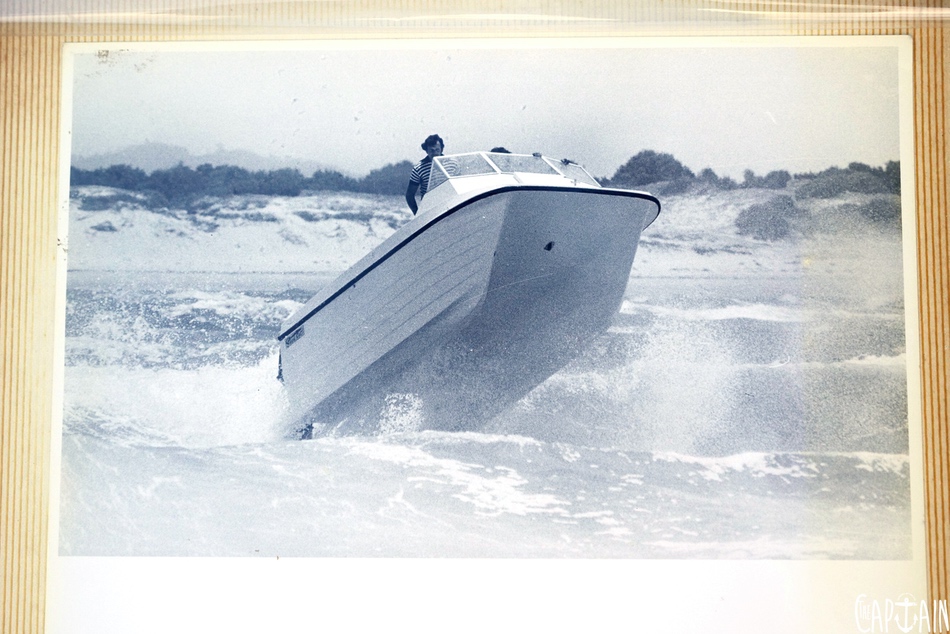
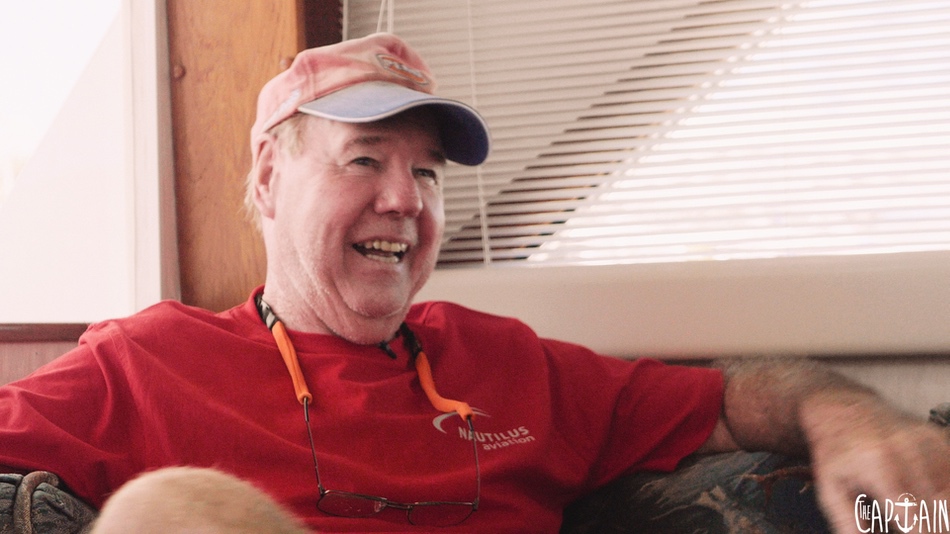
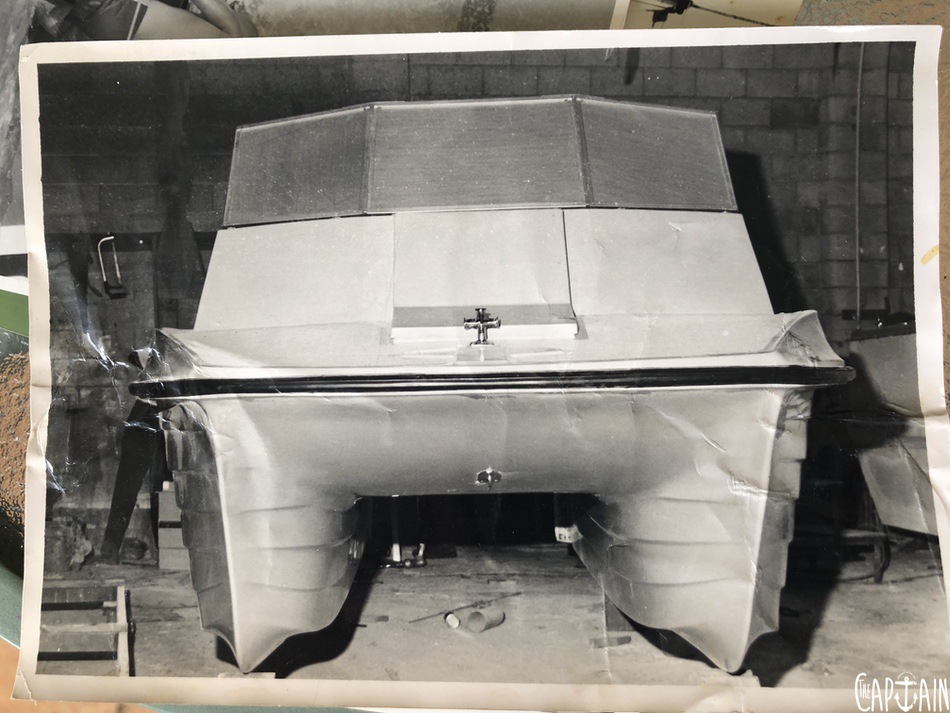
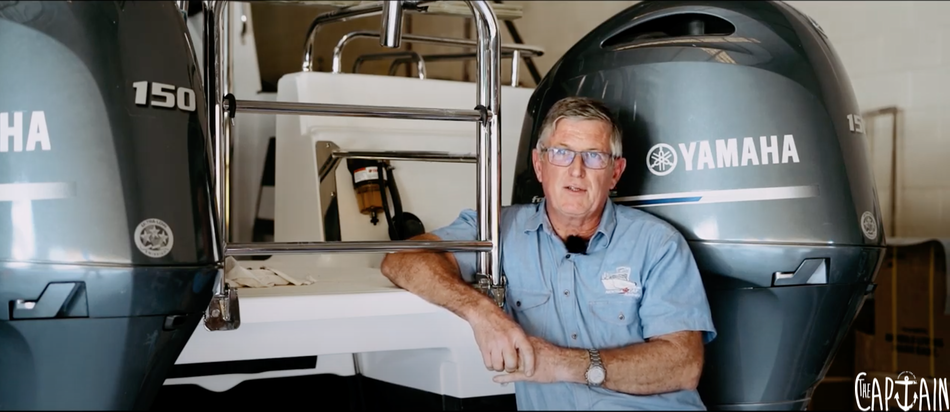
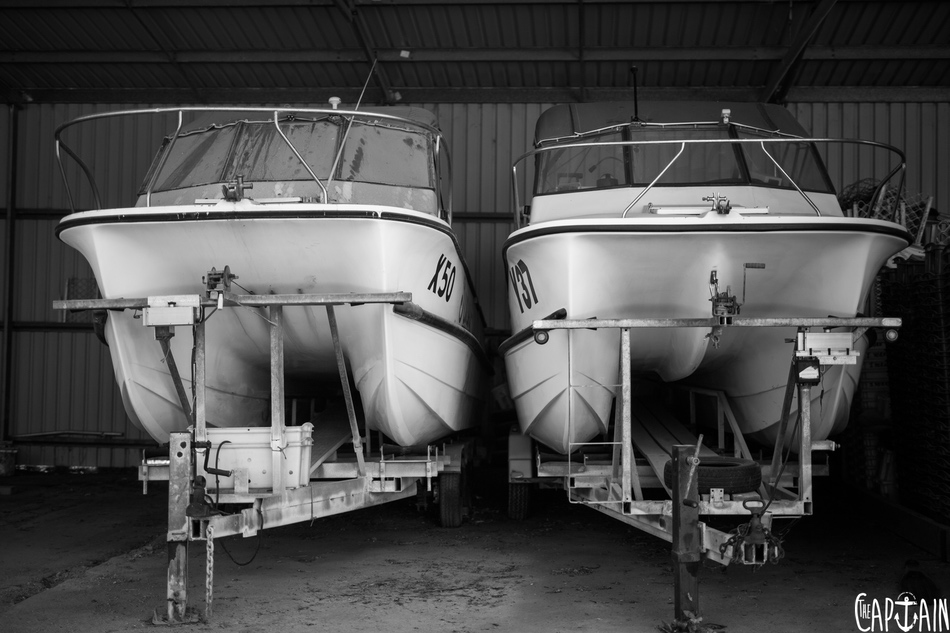

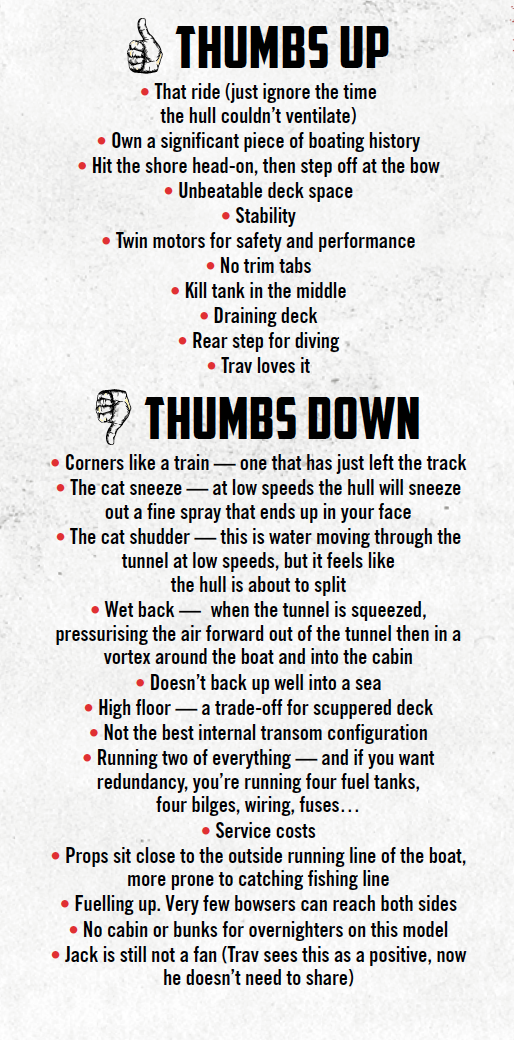
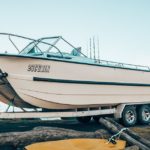
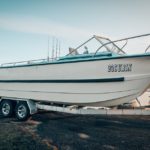

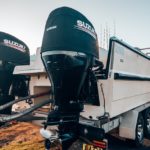
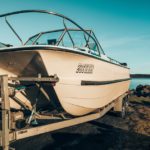
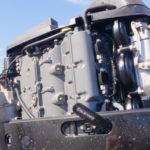
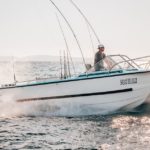
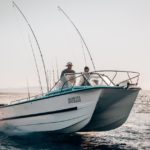
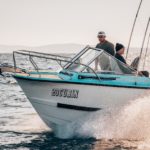
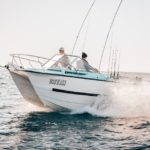
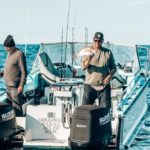
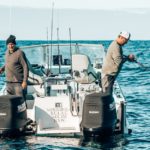
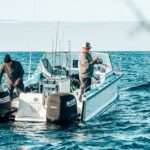
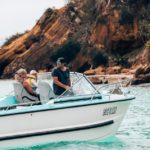
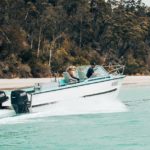
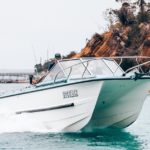
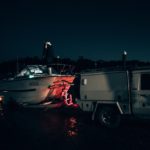
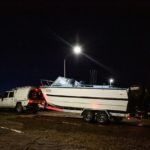
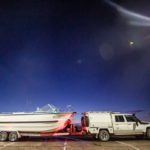
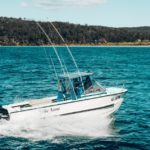
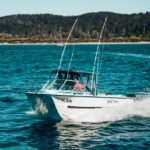
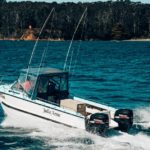
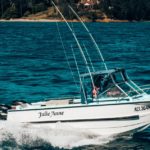
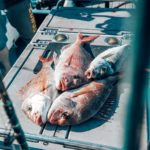
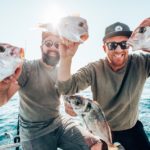


Recent Comments